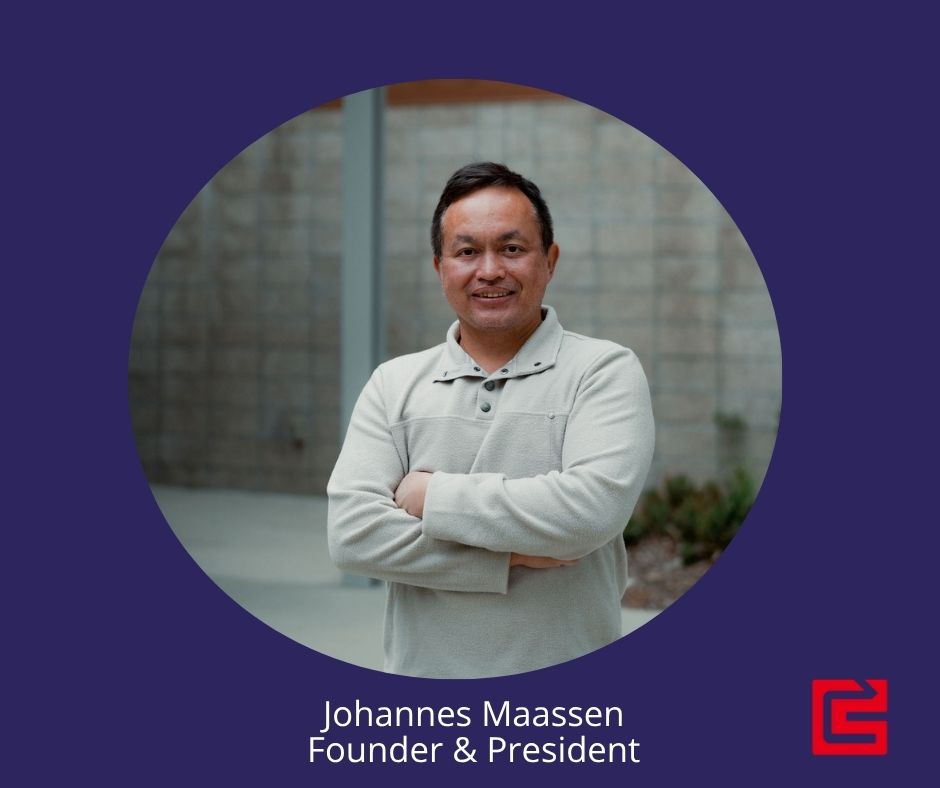By Johannes Maassen, Founder & President of Collaborative Synergy

You know those lightbulb moments that happen at conferences? Fiber Connect 2025 was full of them. Beyond the usual networking and panels, what really struck me were the eye-opening conversations that helped piece together the bigger picture of our industry's challenges.
As field engineers, we're in the trenches of broadband expansion every day, wrestling with permits, analyzing poles, and handling make-ready engineering. While we manage most of the heavy lifting, it became crystal clear at the conference that we're just one piece of a complex puzzle. That last 20% of the process? That's often where things get stuck.
Here's the thing - everyone I talked to kept bringing up the same headaches: utilities taking forever to respond, locate delays, and permitting that moves at a snail's pace. But it's not as simple as pointing fingers. Many power companies are stretched thin with staffing, and while there's talk of federal reforms making things easier, the reality is more complicated.
Sure, the Trump administration wants to speed up federal permitting, but that won't change how individual utilities handle their internal standards and review processes – especially if they are understaffed. We'll still need to work closely with local partners and practice patience.
A Better Way?
A lot of these holdups come down to poor communication and planning. It’s reasonable that ISPs want to stay ahead of their competition, so they sometimes wait until the last minute to notify utilities. But imagine if we had standardized NDAs and started talking earlier? Everyone could win without giving away their competitive edge.
I've seen firsthand how much smoother things go when we're brought in early for pole make-ready work. Even a little heads-up can make a huge difference. Take our recent project in California - we gave SDG&E just three weeks' notice before dropping 80 pole attachment applications on them. One of their team members even shifted their vacation plans to help out. Why? Because in California, utilities have 45 days to respond, or it's automatically approved. That kind of pressure is a powerful incentive and more often than not, utilities want projects to be successful.
I was surprised to see that there weren’t many, if any, traditional power utilities at Fiber Connect. We saw plenty of electric co-ops with fiber divisions, but the major players dealing with permitting and locates were noticeably absent. If we're serious about expanding broadband access, we need everyone at the table.
At the end of the day, government mandates can’t replace relationship building, communications, and teamwork. To truly connect the dots, we need to apply common sense and understanding so we can work together effectively with overburdened utilities and reap the benefits of progress.
Get in touch with our team if you need greater make-ready efficiency and field verification on your next utility or broadband expansion project.

